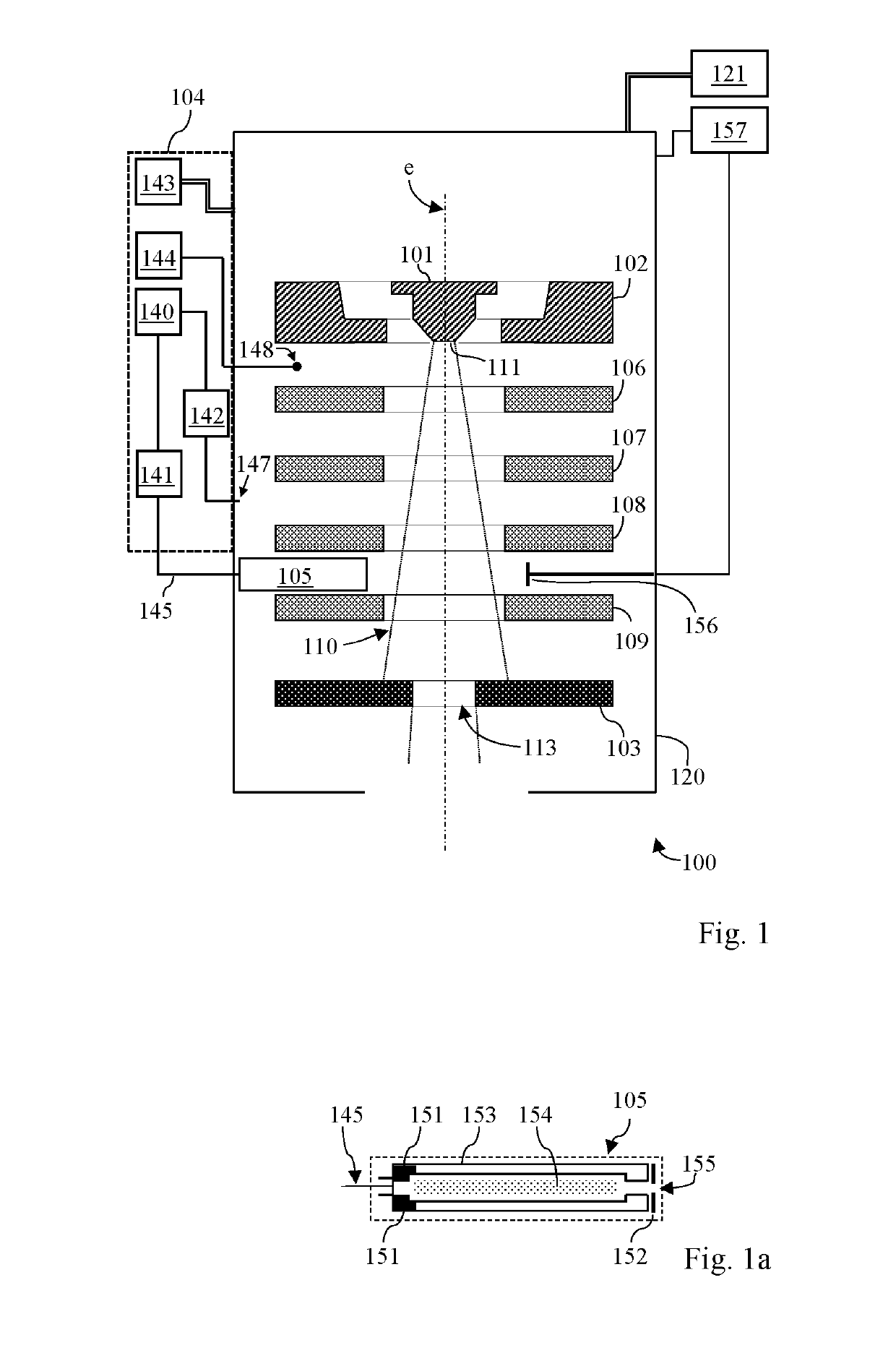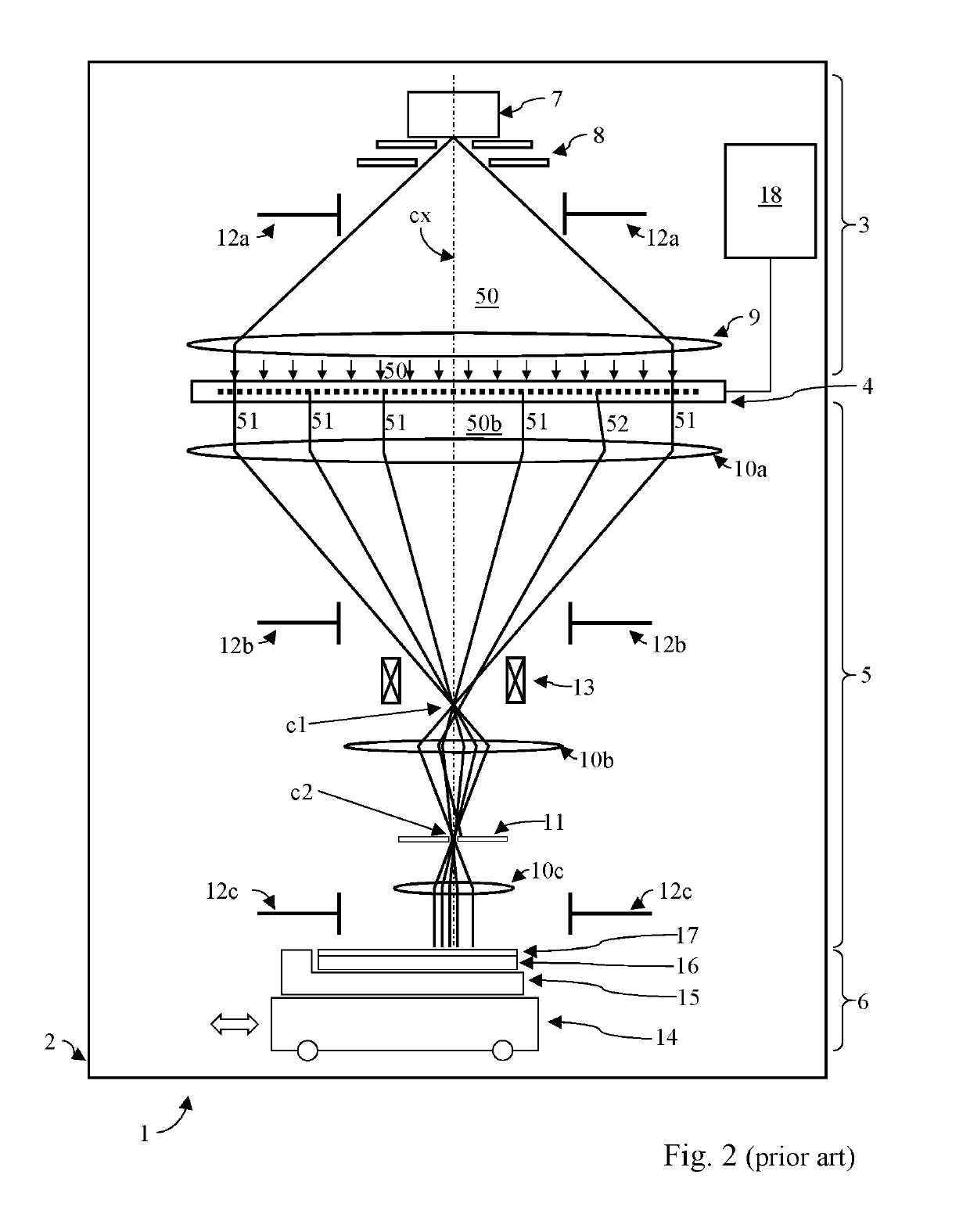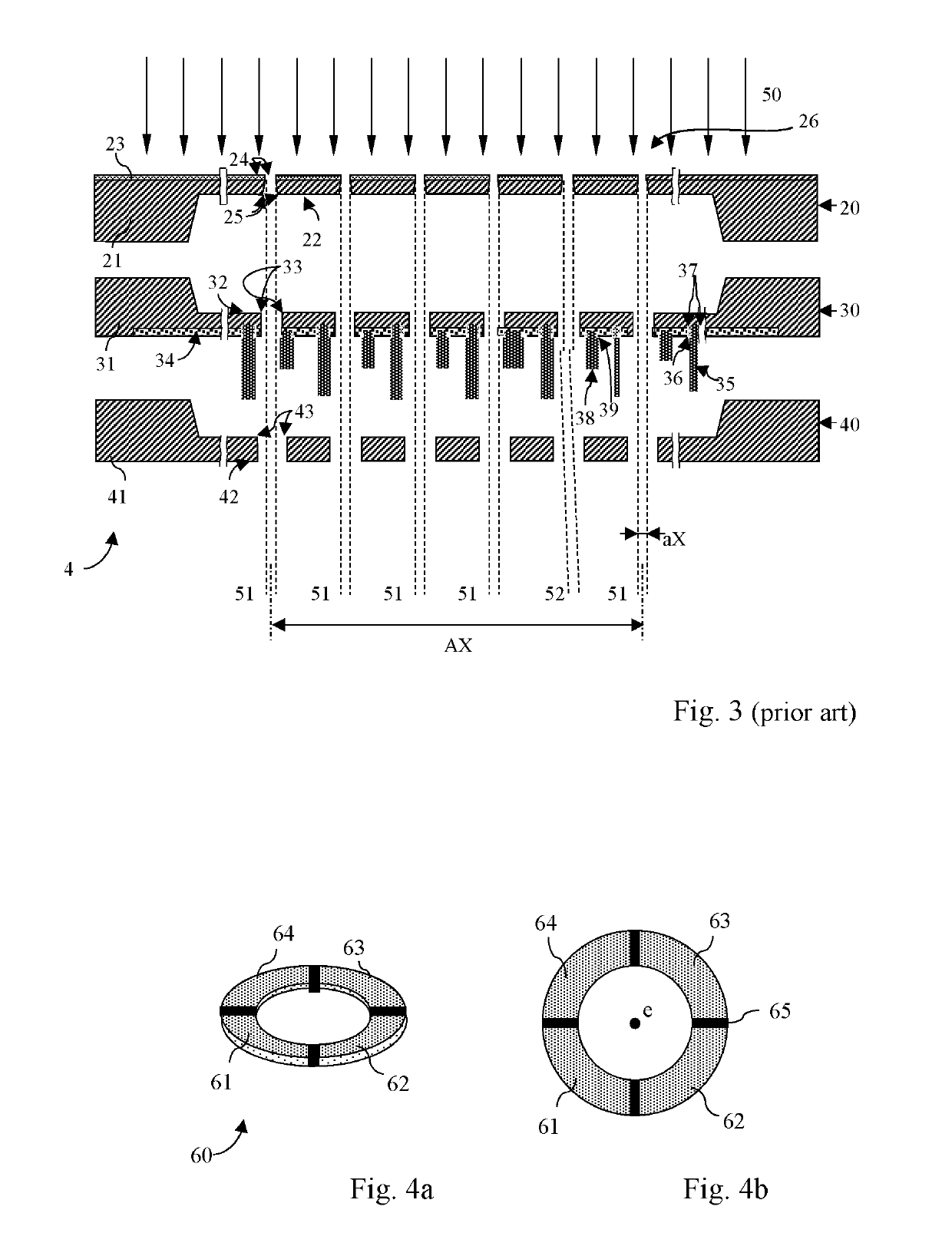Charged-Particle Source and Method for Cleaning a Charged-Particle Source Using Back-Sputtering
a technology of charged particles and back-sputtering, which is applied in the direction of basic electric elements, electric discharge tubes, electrical equipment, etc., can solve the problems that the cleaning procedure as known from the state of the art cannot be effective against the accumulation of contamination factors during mounting, and achieve the effect of not disassembling the optical system
- Summary
- Abstract
- Description
- Claims
- Application Information
AI Technical Summary
Benefits of technology
Problems solved by technology
Method used
Image
Examples
Embodiment Construction
[0053]The detailed discussion of exemplary embodiments of the invention given below discloses the basic concepts and further advantageous developments of the invention. The embodiments refer to an electron source, but also elucidate methods using this source to generate charged particle beams with uniform current density and to condition the cathode surface by means of physical sputtering and / or chemical etching during a maintenance procedure. It will be evident to the person skilled in the art to freely combine several or all of the embodiments discussed here as deemed suitable for a specific application of the invention. Throughout this disclosure, terms like “for instance”, “advantageous”, “exemplary” or “preferred” indicate elements or dimensions which are particularly suitable (but not essential) to the invention or an embodiment thereof, and may be modified wherever deemed suitable by the skilled person, except where expressly required. It will be appreciated that the inventio...
PUM
 Login to View More
Login to View More Abstract
Description
Claims
Application Information
 Login to View More
Login to View More - R&D
- Intellectual Property
- Life Sciences
- Materials
- Tech Scout
- Unparalleled Data Quality
- Higher Quality Content
- 60% Fewer Hallucinations
Browse by: Latest US Patents, China's latest patents, Technical Efficacy Thesaurus, Application Domain, Technology Topic, Popular Technical Reports.
© 2025 PatSnap. All rights reserved.Legal|Privacy policy|Modern Slavery Act Transparency Statement|Sitemap|About US| Contact US: help@patsnap.com



